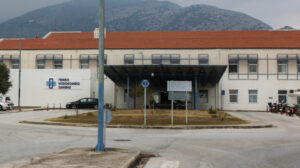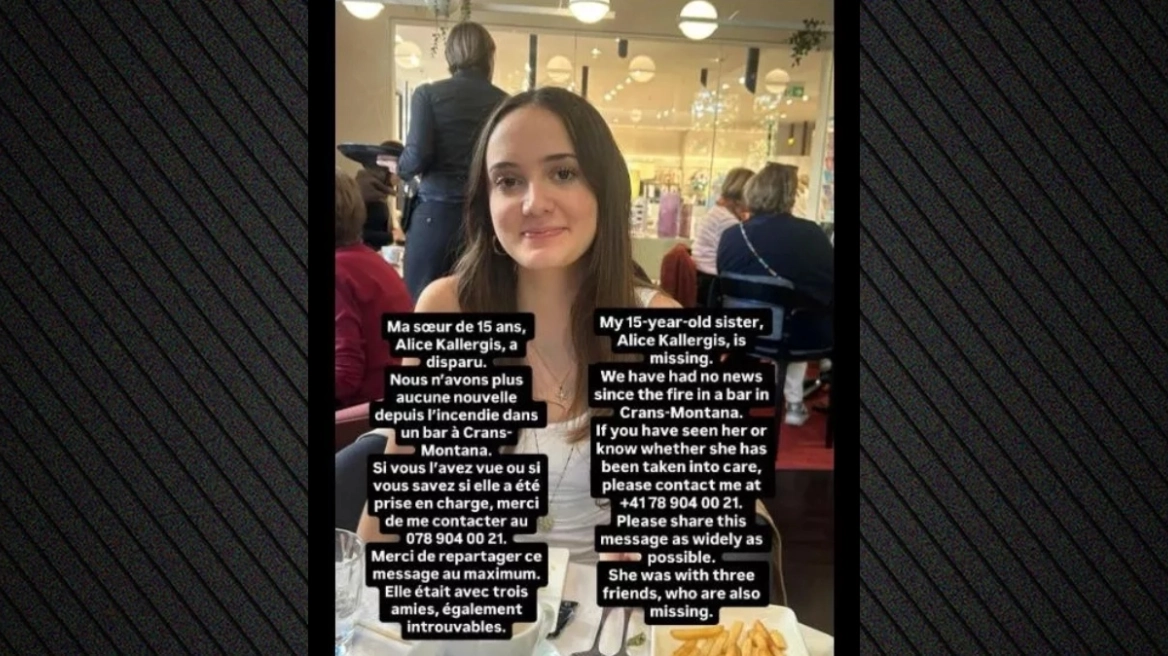These days it’s easy to resolve questions about paternity with over-the-counter test kits. Now, researchers have put DNA evidence together with long-term genealogical data to explore similar questions of biological fatherhood on a broad scale among people living in parts of Western Europe over the last 500 years.
The findings reported in Current Biology yielded some surprises. While the number of so-called extra-pair paternity (EPP) events overall was (not surprisingly) fairly low, their frequency varied considerably among people depending on their circumstances. Specifically, evidence of EPP events turned up much more often in people of lower socioeconomic status who lived in densely populated cities in the 19th century.
“Of course, extra-pair paternity, especially due to adultery, is a popular topic in gossip, jokes, TV series, and literature,” said Maarten Larmuseau of KU Leuven and Histories, Belgium. “But scientific knowledge on this phenomenon is still highly limited, especially regarding the past.
Read more: archaeology news network
Ask me anything
Explore related questions





